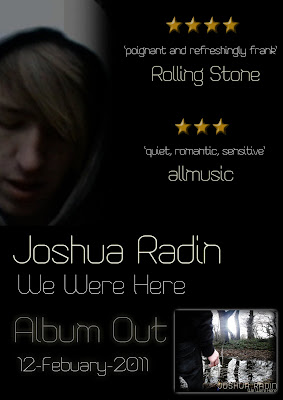To get our original audience feedback back for our rough cut, we had to show our video to the class as a whole, and each person was given a bit of A4 paper on which they wrote the positives; the negatives and points for improvement. The main criticism of our rough cut was that it was too repetitive and this led us to introduce a storyline. However, we did have other criticisms, such as the quality of the lip-syncing between the music and the images. This was a time consuming procedure, but we managed to edit it to perfection for our final cut.
To get the feedback for our final cut, we showed the video to a select group of both A2 Media students and other A2 students. After this, we took them into the side room and filmed their reaction to certain question asked.
This was then edited to allow for an easy understanding of the video.
Untitled from Alex Newcombe on Vimeo.
From our audience feedback, we have learned that the storyline could be improved as we have left a couple of viewers of the video became confused about what happened to the girl, and although this was partially the desired effect as we wished to leave the video on a cliff-hanger, the confusion was in a negative way rather than the attempted positive way which would leave them curious as to what happens, and this would hopefully lead to them wishing to see the next video. However, we were told by the people who would perhaps have a better understanding of the skills and techniques used in filming and editing that it was "difficult to pick some negatives" from our music video. Furthermore, it seems that the overall view of the music video is positive, as the majority of people that viewed it found it to be of a good quality, with it of a similar standard to mainstream music videos.












































 he section dedicated to ‘Small Ads’. While looking through these, I found that they were mostly dedicated to online clothing shops
he section dedicated to ‘Small Ads’. While looking through these, I found that they were mostly dedicated to online clothing shops  of the more
of the more  very little evidence towards actual albums. However, in regards to full page adverts, there was even less evidence of albums being advertised, more adverts dedicated towards the next edition of the magazine, and
very little evidence towards actual albums. However, in regards to full page adverts, there was even less evidence of albums being advertised, more adverts dedicated towards the next edition of the magazine, and eve that the ideal style of magazine advert would in fact be a smaller paged advert. However, since the time of this research, I have discovered that in fact we were required to create a full-page draft. By this point I had already created a first draft of our magazine advert suitable for a small ads section.
eve that the ideal style of magazine advert would in fact be a smaller paged advert. However, since the time of this research, I have discovered that in fact we were required to create a full-page draft. By this point I had already created a first draft of our magazine advert suitable for a small ads section. I then analysed the advert sections
I then analysed the advert sections